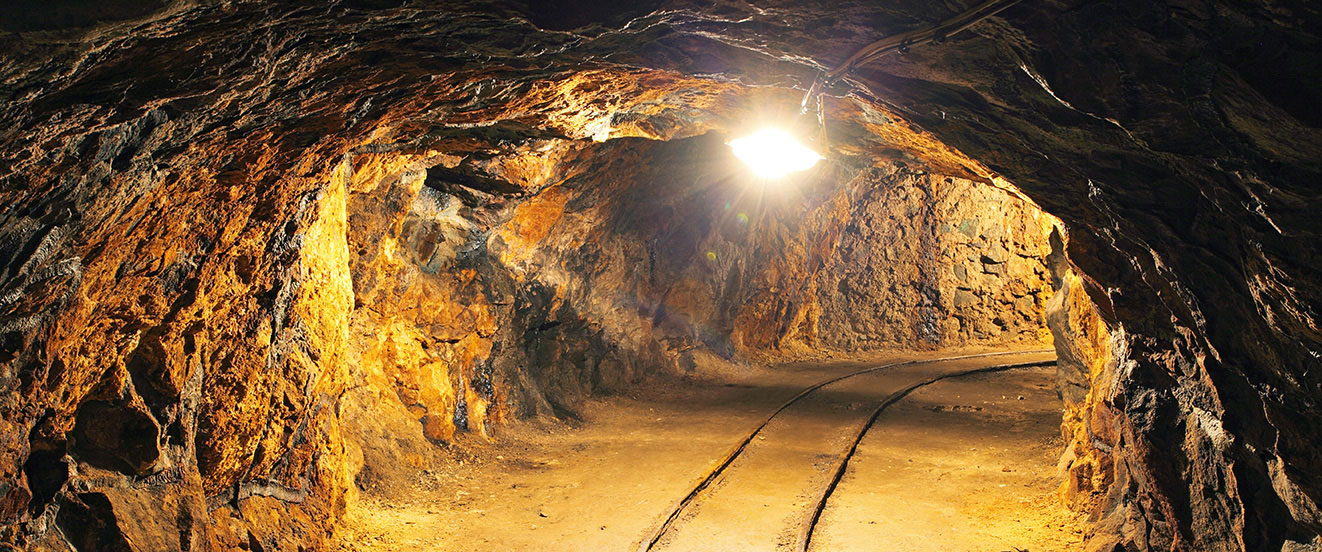Mines, as an important means of underground resource development, have a highly unique working environment, and the concept of lack of ventilation is even more important. Today we will talk about the meaning and characteristics of wind fatigue, as well as its role and application in mining.
In mines, the so-called exhaust air refers to the exhaust air generated by the working face, which contains a large amount of air inside the mine. However, compared to fresh air, its oxygen content is significantly reduced, and its carbon dioxide concentration is relatively increased. Therefore, it is commonly referred to as "exhaust air" or simply "exhaust air".
The characteristics of lack of wind
The oxygen content is relatively reduced: The oxygen content in the exhaust is relatively low, which is because miners and mechanical equipment consume a large amount of oxygen on the working face, making the exhaust exhaust exhaust relatively poor in oxygen. This also makes the lack of wind have a certain impact on the human body in the living environment.
Relative increase in carbon dioxide concentration: Due to the activity of the mining face, the concentration of carbon dioxide in the exhaust air is relatively high. This makes the lack of wind a relatively enclosed space that needs to be handled with caution to prevent excessive carbon dioxide concentration from affecting the health of workers.
Containing mineral dust particles: In addition to gas components, the exhaust also contains mineral dust particles, which are generated by operational activities in the mine. These mineral dust particles pose a potential threat to the respiratory system and lung health, so it is necessary to pay attention to the treatment of mineral dust in windless areas in mine management.

The role and application of ventilation in mining industry
An important component of the ventilation system: exhaust air is an indispensable part of the mine ventilation system. By designing and managing the ventilation system reasonably, it is possible to effectively exhaust exhaust exhaust, maintain air circulation in the mine, and ensure the health and safety of miners.
Potential utilization of thermal energy: The exhaust wind contains a certain amount of thermal energy, which is generated by the work of mechanical equipment, lighting, and other equipment in the mine. Some innovative technologies have been applied in mining, attempting to recover thermal energy from exhaust air and provide additional energy supply for mines.
Environmental monitoring and control: The gas components in the exhaust wind need to be regularly monitored to ensure they are within an acceptable range. Environmental monitoring equipment in mining is usually able to monitor parameters such as oxygen content, carbon dioxide concentration, and dust particles in the exhaust air in real time. Through intelligent control systems, ventilation equipment is adjusted to maintain a good working environment in the mine.
Mining safety and lack of wind
Respiratory health: The gas components in the lack of wind have a direct impact on the respiratory health of miners. Therefore, strengthening the health protection awareness of miners and providing appropriate protective equipment is the key to ensuring the safety of mining work.
Scientific design of ventilation system: A scientifically reasonable ventilation system design is a prerequisite for ensuring the effective discharge of exhaust air and maintaining air circulation. Mine managers should fully consider factors such as mine structure and working face layout, adopt excellent ventilation techniques, and improve the efficiency of the ventilation system.
In recent years, some innovative technologies have gradually been applied to the mining industry, attempting to solve the problems caused by lack of wind. For example, through excellent filtration and purification techniques, the concentration of mineral dust particles in exhaust air can be reduced; Through thermal energy recovery technology, it is possible to recover thermal energy from exhaust air and provide additional energy supply. The application of these technologies makes exhaust air treatment more comprehensive and efficient.
As an important factor in the mining environment, the treatment and utilization of ventilation deficiency is one of the continuous focuses and research directions in the mining industry. With the continuous progress of technology, we are expected to see more innovative technologies introduced, providing more feasible and efficient solutions for the treatment of exhaust gas. In the future of mining, depleted air will not only become an important component of ventilation systems, but may also become a potential source of energy, providing a more sustainable and safe working environment for mines.
Through a deep analysis of the lack of air in mines, we have a better understanding of the meaning and characteristics of lack of air, as well as its role and application in mining. On the path of continuously pursuing mining safety, environmental protection, and efficiency, the continuous innovation of exhaust treatment technology will bring new possibilities to the mining industry and contribute to the sustainable development of the entire industry.







Comment